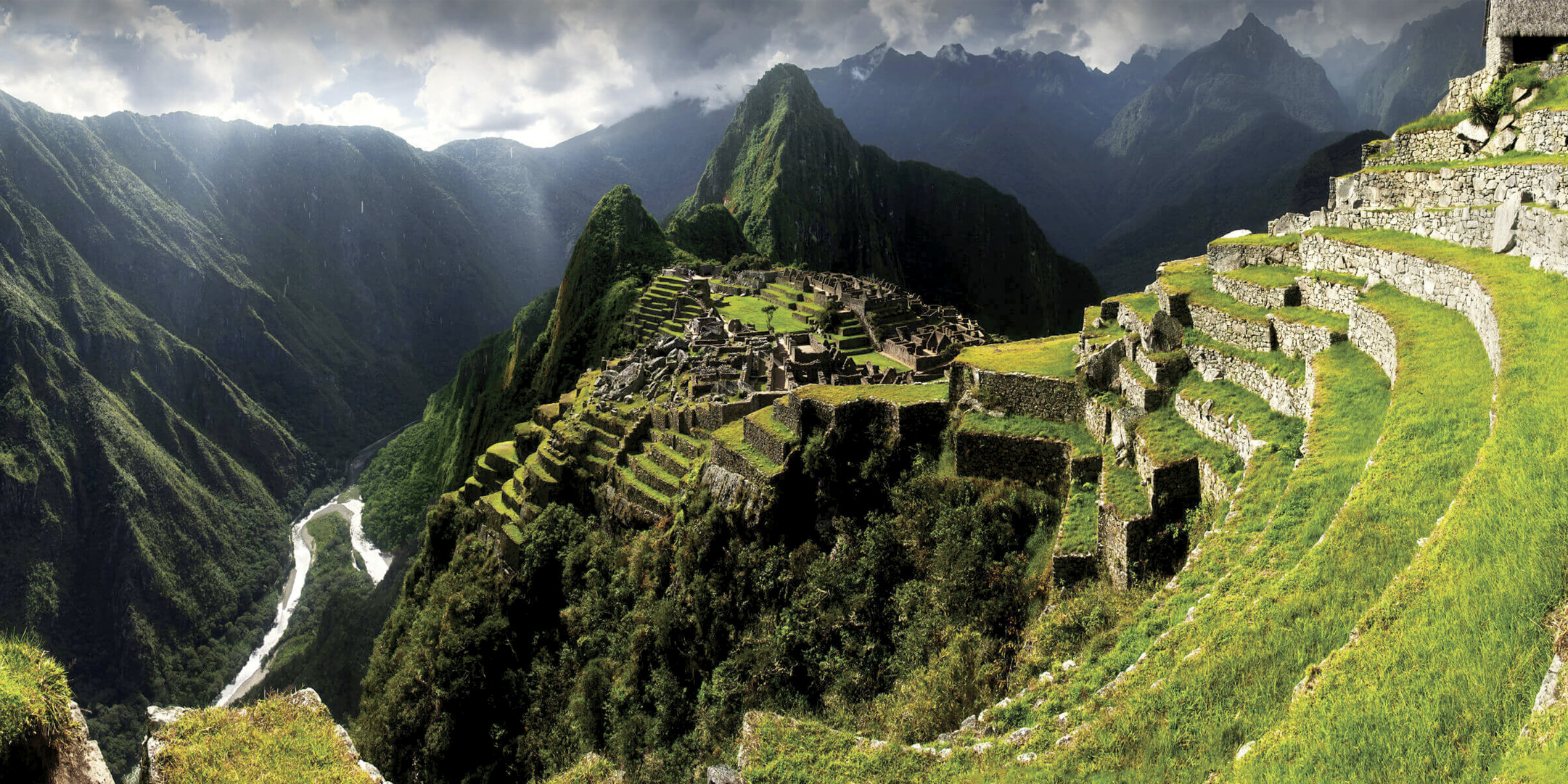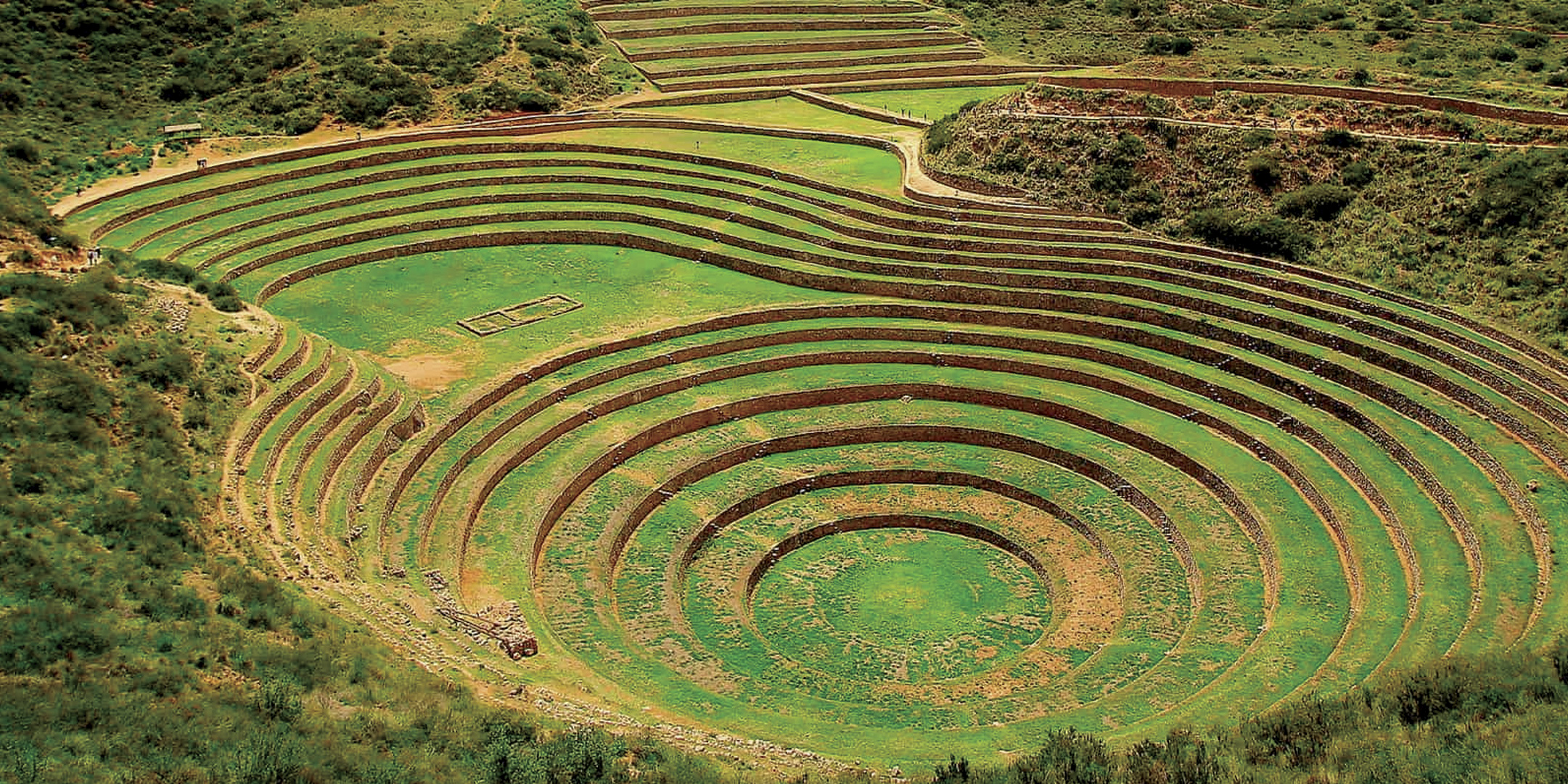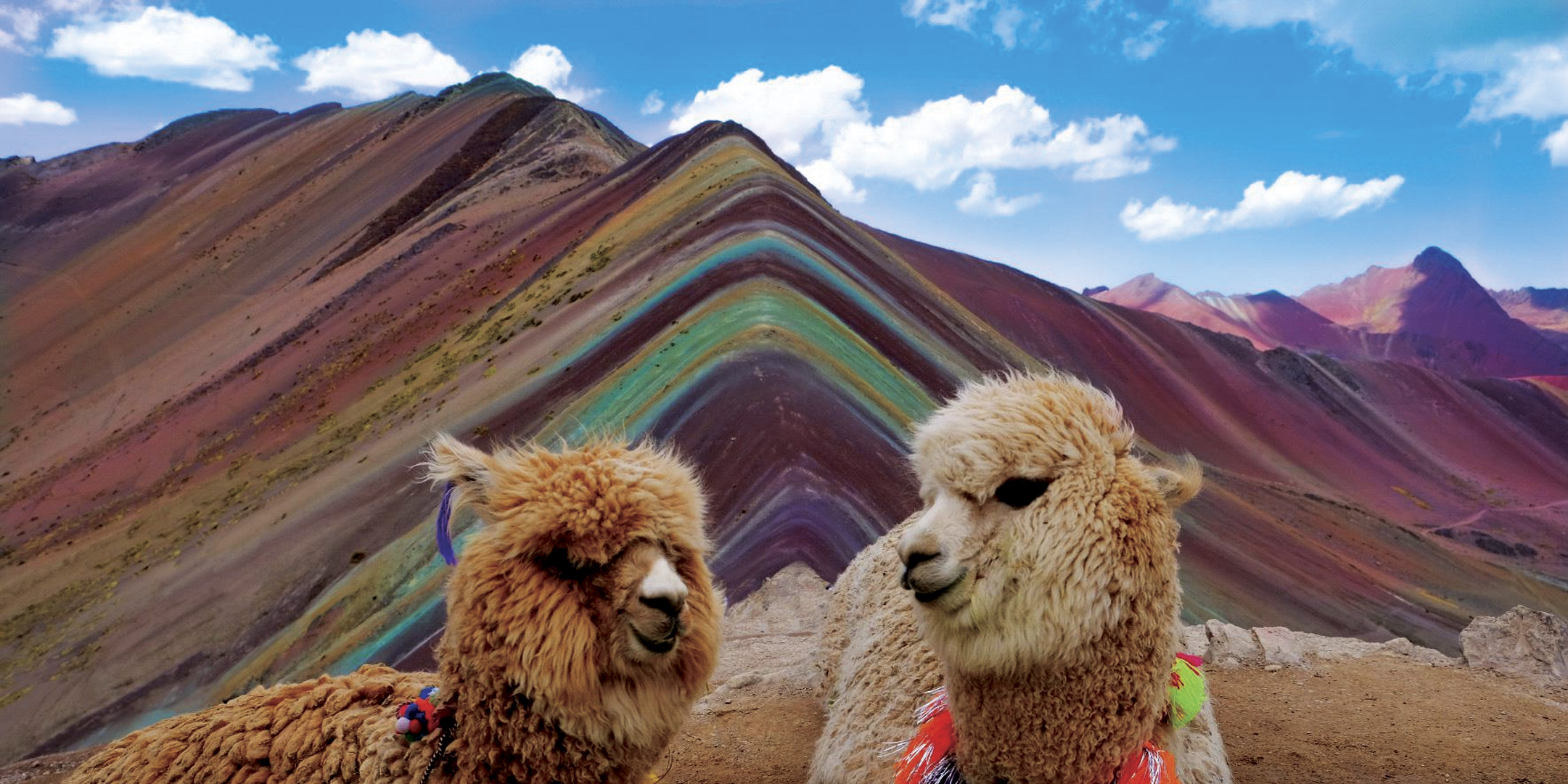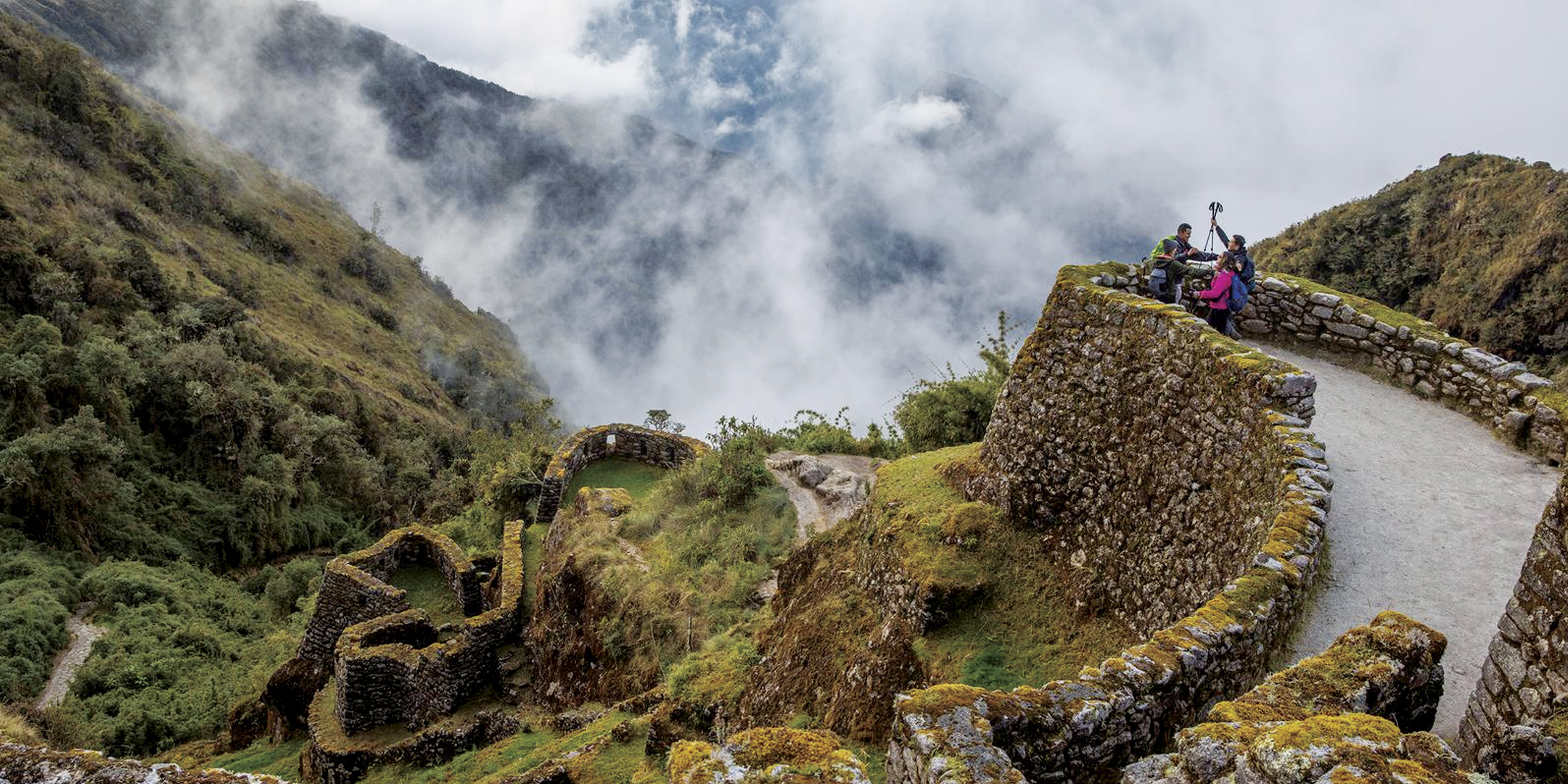Travelers Useful Information
Useful tips for Peru travel
Here are some very useful tips for travelers as prepare for your trip to Peru. We want to help you navigate so you can have the most memorable vacation while enjoying our country. Check out the necessary and useful information below as it may answer many of your questions.
THE ACTUAL PERU
Peru is very diverse country with its ancient cultures, snow-capped Mountains (the Andes), and vast Amazon wilderness. Peru has long captured the imagination of people in distant lands. But mostly around the 1980s and ´90s few dared to visit the country. Which was wracked by a violent conflict between shining path movement and Peru´s armed forces. Even after Peru became peaceful country until the beginning of the ´90s. Peru´s tourism infrastructure was not well developed, catering mainly to backpackers, adventurers and other budget travelers. But in the last two decades the Peruvian economy grew; staying stable until the present days. So consequently this caused its growing popularity as a tourist destination in South America.
Peru
Peru now days have more options for experiencing its cultural and natural heritage than ever before. A growing number of Peru´s tourism business companies are becoming environmentally and socially responsible. So this activity is giving countless opportunities of work to a lot of the Peruvians trying to go out of poverty. Which is still one of the biggest problems in the country.
SAFETY IN PERU
Considering the earlier decades Peru now days is safer than before. But standard travel precautions apply. Always travelers represent enormous wealth to the regular person here. For sure the budget for your trip in Peru exceeds what many Peruvians earn in a year. So you should take care of your valuable things, watch your belongings, avoid deserted streets. Do not get distracted by the kids, take taxis at nights, and be vigilant if somebody follows your steps. Do not walk drunk on the streets, or if there is a scene of commotion, either of which may be done to distract you. Bag slashes and pickpockets normally work in markets and on buses; keep track of your valuables in any busy place.
Be always careful of the fake money when you exchange money. In terms of health and sanitation, few visitors experience anything worse than a bout of traveler´s diarrhea. Do not eat in the very cheap places. Be wary of raw foods (peel your fruit), drink only bottle water or purifying it.
WHEN IS THE BEST TIME TO VISIT PERU?
Peru is a great country with three huge regions: The Coast, the Andes and the Jungle (Amazon). Peru has a variety of climates because the geographic layout. The country has two seasons, dry and Rain. The Rain season typically comes in December continues until April. The Dry season can typically last from May to November in the Amazon and the Andes. It is sunny in the coastal areas.
Peru is located in the Southern Hemisphere. Because of this, the winter and Summer time will be opposite to the Northern Hemisphere. Winter nights are very cold. During the day in winter, you can expect to see blue skies and a gradual warming throughout the day. In the rain season as you can imagine, it is often cloudy and one can expect wet weather from a short drizzling to a longer downpour.
WHAT TYPE OF CLOTHING SHOULD I BRING?
We recommend you dress in layers. We also advise that you pack some warm clothes; winter coat or heavier jacket, sweaters, fleece, long pants, wool socks, hats and gloves.
Depending on your travel plans, it is important to keep in mind that Peru has warm climates in some of the regions. It will be necessary to have some light clothing like: shorts, t- shirts, sunglasses, hat, sun block and insect repellent.
If you will be going on a trek, it is essential to have a medium size backpack with a four season sleeping bag. It is also important that you bring rain gear, head lamp and good pair of waterproof hiking boots or shoes.
TRAVELING TO PERU.
The Capital of Peru is Lima. The International airport (Jorge Chavez) is the Gateway for flights to many of the South American Countries. The most traveled Peruvian airline companies are LAN Peru, Peruvian airlines, Taca and Star Peru.
NAVIGATING AROUND PERU.
The best way to travel between Lima and the rest of the cities in Peru is taking one of the domestic flights offered by the airline companies (LAN Peru, Taca, Star Peru, and Peruvian Air Lines). We recommend you check out the website of these companies and book your tickets in advance.
Some of the Peruvian cities do not have domestic flights very often, so it is possible to get around the country by bus. There are many good bus companies offering daily departures from the bus terminal. Peru Rail is the main train company. The train operates only between Cusco and the magical Incan city “Machu Picchu” along with travel from Cusco to Lake Titicaca in Puno.
DO I NEED A VISA TO ENTER PERU
Travelers from Europe, Australia, Canada, USA, Mexico, do not require a visa to enter Peru. It is necessary to have a valid Passport, which is the only way you can be identified by local authorities. If you have booked a trip in Peru and you are planning to renew your Passport, you have to advise the travel company.
Money and ATM’S
Peruvian currency is the “Nuevo Sol” or Just called a “Sol” but also you can use Euros and US Dollars to pay at the shops restaurants and hotels. In the downtown area of every city there are Banks, ATM cash machines and Exchange houses. US Dollars and Euros can be easily exchanged into soles, but the rates vary from places to place and day to day. Visa, Master Card, and American Express are the most accepted credit cards in the hotels, restaurants and stores. In the smaller towns we suggest you to ask if they accept credit cards before you buy anything.
ALTITUDE & ACCLIMATION
Many tourist attractions in Peru are located above 2500 m (8.000 feet). We want you to be aware of getting the Altitude Sickness. Altitude Sickness is commonly caused by ascending very fast from the sea level to the high altitude or too much extreme exercise, which you may not be used to. We recommend travelers talk with their physician as there are preventative medications
YELLOW FEVER
We highly recommend Yellow Fever Vaccination for the travelers visiting the Amazon or jungle areas below 2,200m (7,346ft). Such as Puerto Maldonado, Manu National Park, Iquitos, Travelers who are only visiting Cusco, Machu Picchu and some other high places (not tropical places) do not require a vaccination.
INSURANCE
We recommend travelers have their own travel insurance before they come to visit Peru, even more if you are going on a trek. Please contact your insurance company to ask about details regarding medical or any other type of emergency. We want to let you know that the non-refundable deposit should be able to be recuperated through a travel insurance claim in the case of accident or illness. People very often asked us to provide deeper information about travel insurance but it will be much better if you contact insurance companies in your own country to learn more about travel/trip insurance, which is not the same as the individual’s medical insurance.
Medical insurance
Medical insurance is quite different in that it often does not cover emergency evacuation. We highly suggest you to check your medical plans for emergency evacuation coverage, and strongly recommend you obtaining travel/trip insurance if you want to hedge your risk against trip cancellation, illness, injury, death, etc. in order to recoup some of their expenses in such an event.
TOURIST TICKET IN CUSCO or Boleto Turistico BTG
This traveler’s ticket costs 130 soles for adults and s/70 soles for students under 25 years old, and it has a duration of 10 days. The full Tourist Ticket allows visitors to enter in 16 sites, some of these sites are part of the Cusco city tour like Saqsayhuaman, Qenqo, Puka Pukara, Tambomachay, and also includes the sites around the Sacred Valley tour as Pisac ruins, Ollantaytambo, Chinchero plus other sites inside the Cusco city such as Religious Art Museum, Church of San Blas, Regional Historical Museum, Centro Qosqo of Native art (Cusco’s folk dances); it covers as well the entrance fee to Moray. Students require a valid university card in order to get the discount. Any other forms of cards are not accepted.
Where to buy the tourist ticket?
The Cusco Tourist Ticket you can buy it at the sites themselves and can buy it on the day of your tour if you like; or at the Central office in Cusco on Sol Avenue (Galerias Turisticas).
Please! Note that the entrance fee to Koricancha (15 soles) and the cathedral (25soles) are not part of this tourist ticket; while touring in Cusco for many people the Cathedral is totally optional to go in. But remember it is the most important and beautiful catholic church in whole South America
Alternatively for one day tours you can buy a partial tourist ticket for 70 soles (valid only for the date) which allows you to visit the 4 Archeological sites outside of Cusco (Saqsayhuaman /Qenqo /Pukapukara /Tambomachay) or if you are planning to visit just the sites in the Sacred Valley such as Pisac, Ollantaytambo, Chinchero and Moray you should purchase only one day partial ticket.
The partial one day tourist ticket for 70 soles does not allow for any further discount for ISIC card holders. Student partial ticket cost is also 70 soles.
Home » Travelers Useful Information



